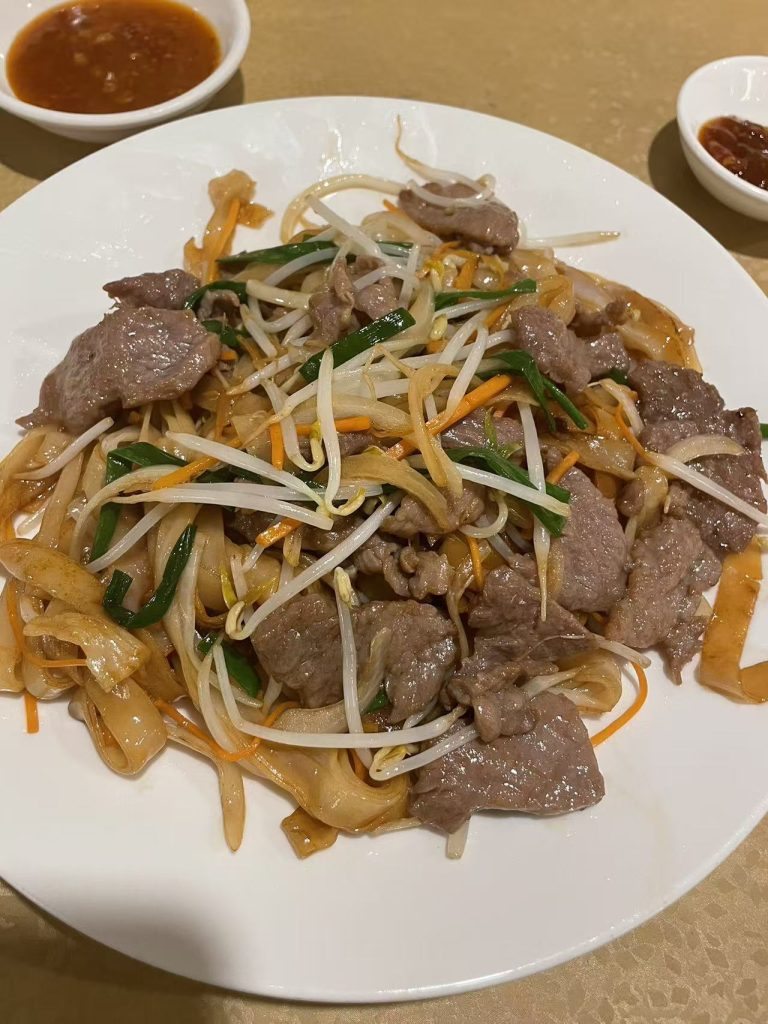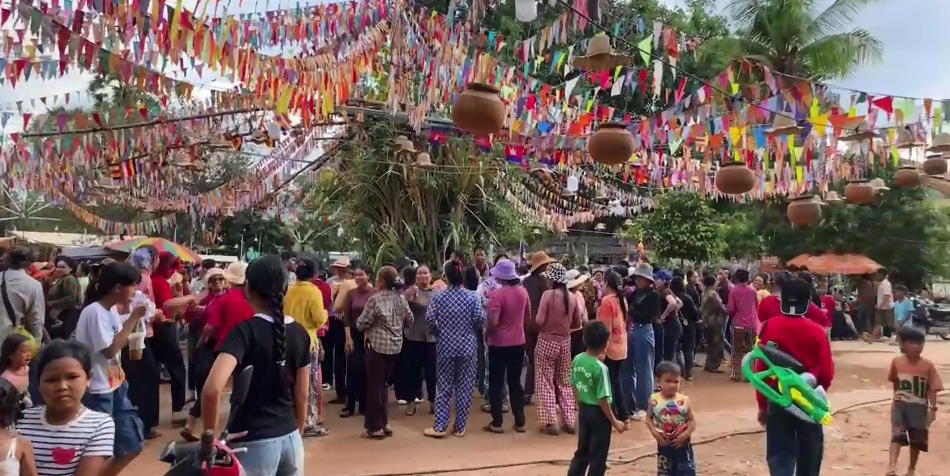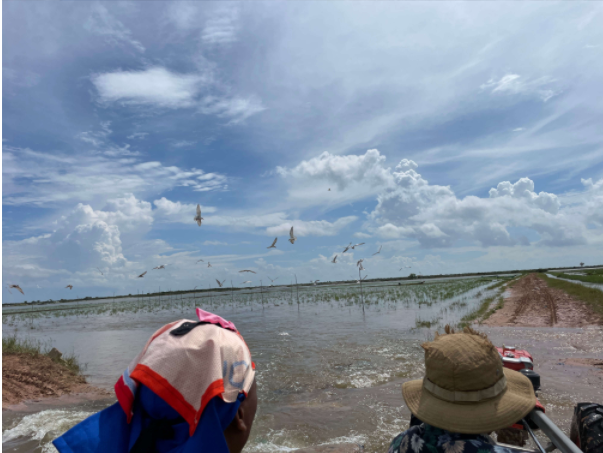🚗 Cambodia Transportation Guide — How to Get Around, Book Rides, and Travel Between Cities
A detailed guide to transportation in Cambodia. Learn how to use PassApp for taxis, understand fares in Phnom Penh, and find the best way to travel from Phnom Penh to Siem Reap or other provinces.

Getting Started — Install PassApp for Local Transportation
Once you’ve obtained a local Cambodian SIM card, your next essential step is downloading PassApp, Cambodia’s most popular ride-hailing application.
Available on both iOS and Android, the app can be installed from the App Store or downloaded directly from the official PassApp website for Android users.
After installation, register with your local phone number. The interface is simple and user-friendly, integrating Google Maps for accurate navigation and efficient route planning.
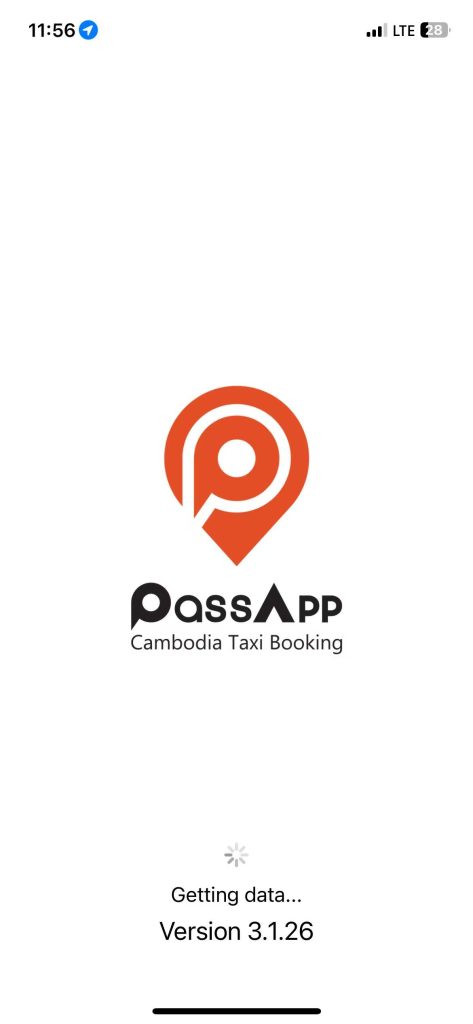

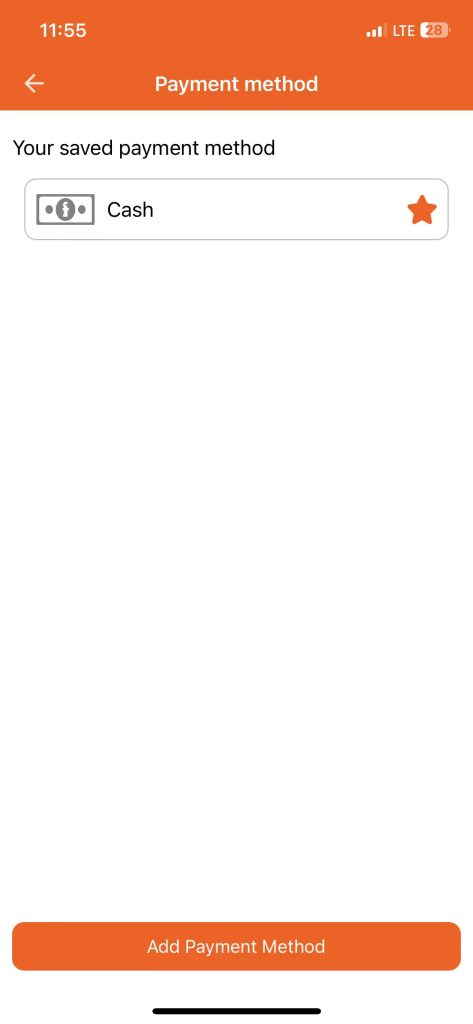

Taking a Taxi in Phnom Penh
During a recent trip, I took a taxi from Phnom Penh International Airport to a suburban area approximately 15 kilometers away. The fare was USD 8, which is typical for such a distance.
For new arrivals who don’t yet have a local bank account, cash payments in US dollars or Cambodian riel (KHR) are widely accepted.
However, keep in mind:
- Taxi drivers may not have enough small riel notes for change.
- It’s best to carry small USD bills ($1, $5, $10).
- Change is often given in riel, at an exchange rate of about 4,000 KHR = 1 USD.
If your stay is short, paying in riel for daily transactions is convenient and straightforward.
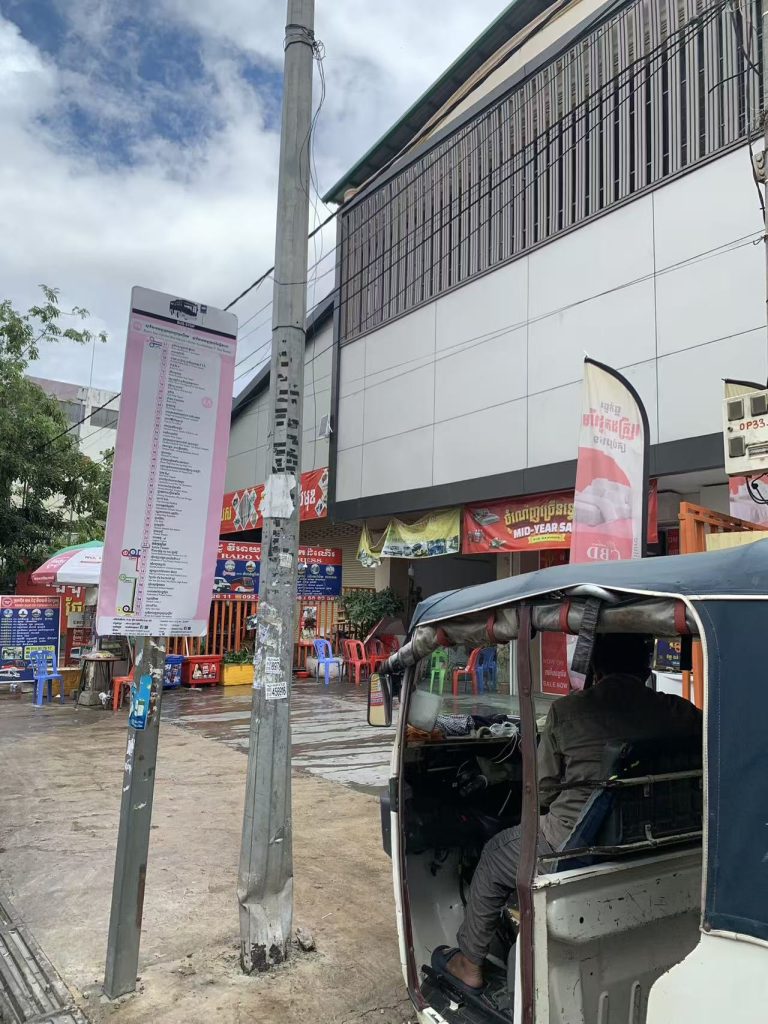
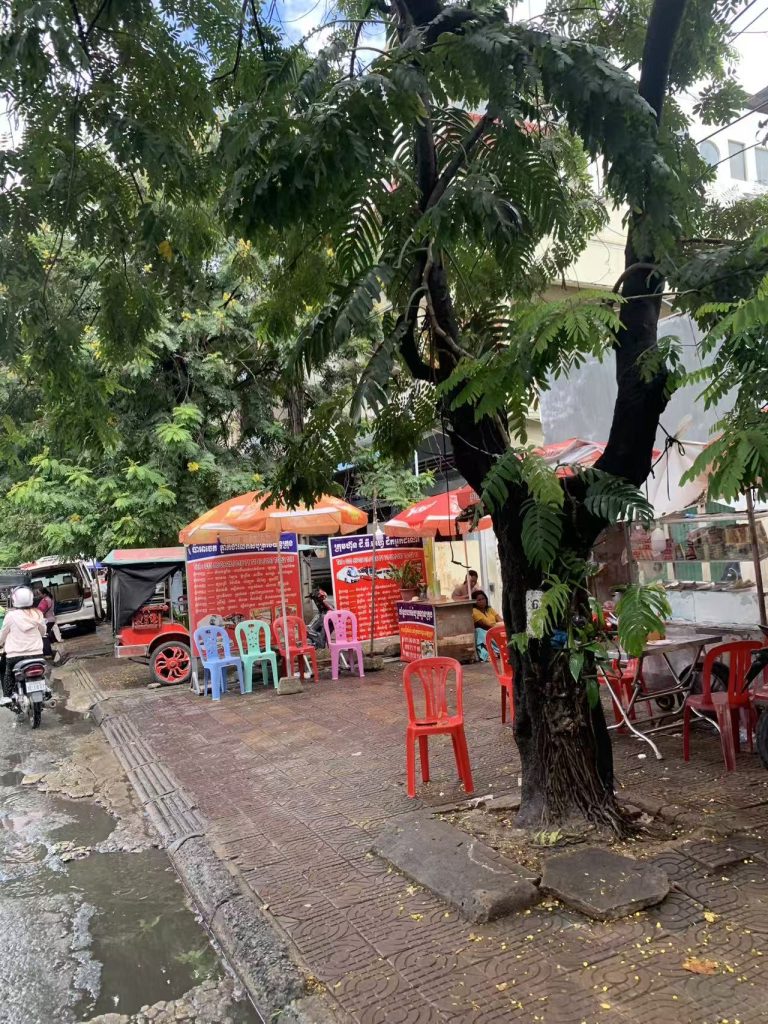

Banking and Digital Payments in Cambodia
For long-term stays, opening a local bank account can be highly beneficial.
Cambodia’s dual-currency economy allows payments in both USD and KHR, covering almost all daily expenses—food, transport, accommodation, and retail.
In recent years, digital payments have grown rapidly.
Many vendors—including small street stalls—accept mobile banking or QR code payments. Popular options include ABA Bank, Acleda Bank, and Wing Bank.
These mobile apps make life easier for both locals and foreigners living in Cambodia.
Interprovincial Travel — Buses and Minibuses
For intercity travel, tickets can be purchased at bus stations or authorized ticket agents commonly found along major roads in Phnom Penh.
When taking a taxi to the station, simply say “bus station” — most drivers understand basic English.
If language barriers arise, showing a picture of a bus from your phone works surprisingly well.
A popular route is Phnom Penh → Siem Reap, about 310 kilometers apart.
Typical details:
- 🕐 Duration: around 7 hours
- 💵 Fare: about USD 12.50 (≈ 50,000 KHR)
- 🚌 Vehicle: minibus with multiple pickup points
- ⏰ Departure delay: final pickup often between 5:00–6:00 p.m.
- 🍲 Meal stops: scheduled during the journey
From my experience, even as the only foreign passenger, the service is punctual, safe, and fair. No hidden fees are added beyond the ticket price.
Shared Carpooling — A Flexible Option
Another common option is shared carpooling (private taxis) that provide door-to-door service.
Advantages:
- Convenient for groups or travelers with luggage.
- Allows motorcycle transport for an additional fee (≈ one adult ticket).
- Prices similar to bus fares.
Disadvantages:
- Longer travel times due to multiple drop-offs.
- Not ideal for travelers with tight schedules.
For most locals, convenience outweighs time. However, if punctuality matters, booking a fixed-route bus ticket remains the best choice.
Final Tips for Smooth Travel
- ✅ Download PassApp and keep your driver’s number saved.
- 💵 Carry small USD notes for cash transactions.
- 📱 Use local SIM data for real-time map access.
- 🧳 Keep valuables with you during rest stops.
- 🚌 Pre-book intercity tickets during holidays or festivals.
With proper planning, traveling in Cambodia can be both safe and budget-friendly.
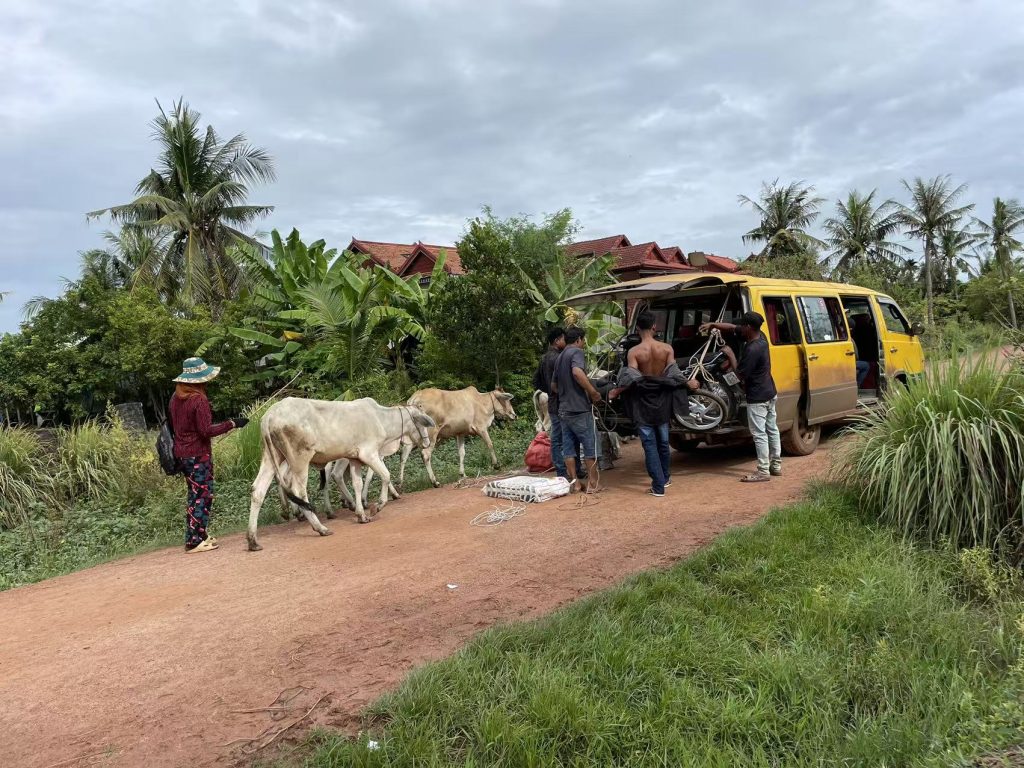
Conclusion — Experience Cambodia Like a Local
Getting around Cambodia is easier than ever.
From PassApp taxis in Phnom Penh to buses linking major provinces, transportation is affordable and reliable.
Digital payments and mobile connectivity continue to improve, giving travelers the freedom to explore with confidence.
Whether you’re visiting for a few days or settling in long-term, mastering these basics will help you travel smarter and experience Cambodia like a local.


